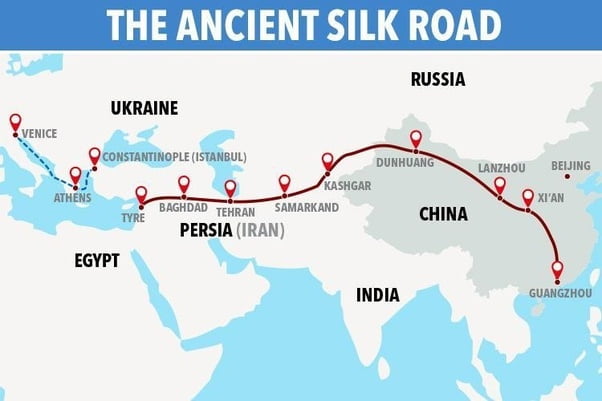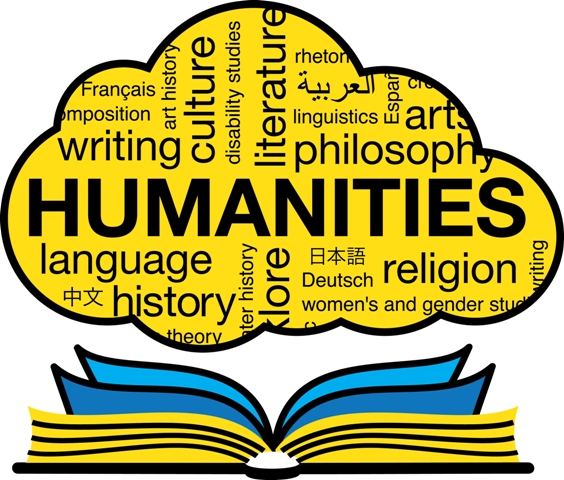The Silk Road, How Buddhism
spread along the Silk Road
Something that I learned that was in the text Awakening: An Introduction to the History of Eastern Thought by Bresnan that was not in the video The Silk Road: Where East Met West is the flourishment of Buddhism in Changnan, now known as Xian and its survival to current times (Bresnan 379). Learning this information has changed my perception on the value of religion amongst human society and how it can be a timeless concept.
In the text Awakening: An Introduction to the History of Eastern Thought by Bresnan goes more in depth with the travel of Buddhism through the Silk Road in comparison to the video.
 |
The Silk Road, established during the Han Dynasty of China in 130 BCE which lasted until 1453 CE |
In the text, Bresnan states that Buddhism had established and flourished in the Xian region for centuries before it came to an end.
Buddhist monasteries were also established containing various Buddhist art and scholarship, many that were homes to monks. Although coming to an end after more than a millennium years these monasteries were discovered once more making the once-thriving Buddhist culture a revived one in China (Bresnan 379).
Something that is interesting about the topic is that Buddhism was able to resurface as something completely new although it had been practiced for centuries. Although it was that a part of the distant past it was not looked down upon but rather it was of high value and provided "new" information that would trigger the cycle once more as fragments of the translated Pali Canon from the second century CE reemerge.
Works Cited
Bresnan, Patrick. Awakening: An Introduction to the History of Eastern Thought. Routledge, Taylor & Francis Group, 2018.
How Did Buddhism Spread along the Silk Road - YouTube. www.youtube.com/watch?v=lLpaugzqqug.
Mark, Joshua J. “Silk Road.” World History Encyclopedia, World History Encyclopedia, 11 Nov. 2021, www.worldhistory.org/Silk_Road/#:~:text=The%20Silk%20Road%20was%20a%20network%20of%20ancient,Routes%20%27%2C%20though%20%27Silk%20Road%27%20is%20commonly%20used.

No comments:
Post a Comment